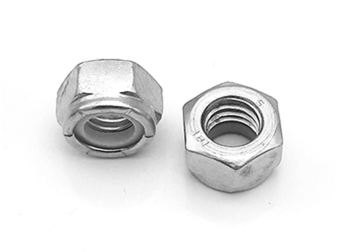Sep . 09, 2024 20:42 Back to list
anchor bolt hole size
Understanding Anchor Bolt Hole Size A Key to Structural Integrity
Anchor bolts are crucial components in construction, securing structures to their foundations and ensuring the stability and safety of buildings, bridges, and other infrastructure. One of the critical aspects of using anchor bolts effectively is understanding the appropriate size of anchor bolt holes. The hole size not only affects the performance of the anchor bolts but also plays a significant role in the overall structural integrity of the project.
When we talk about anchor bolt hole sizes, we refer to the diameter and depth of the holes drilled into the concrete or masonry where the anchor bolts will be installed
. The size of these holes is determined by several factors, including the diameter of the anchor bolts themselves, the type of load they will bear, and the specific properties of the substrate material.The first consideration in determining anchor bolt hole size is the diameter of the bolt. Typically, the hole should be slightly larger than the bolt to allow for installation and adjustments. However, if the hole is too large, it can compromise the bolt's effectiveness and lead to reduced load-bearing capacity. Standard practice suggests that the hole diameter should be approximately 1/8 inch larger than the bolt's diameter for proper spacing and ease of installation.
anchor bolt hole size

Next, the depth of the hole is equally crucial. The depth must accommodate the length of the anchor bolt, ensuring that it is fully embedded within the concrete or masonry. A general rule of thumb is to have a hole depth that is at least equal to the length of the bolt, minus a small allowance for the nut and washer. This ensures that the bolt has sufficient anchorage to withstand both tensile and shear loads. For heavy loads, additional depth may be necessary to enhance stability.
Additionally, the type of loading conditions the anchor bolts will experience also impacts hole size. For example, in applications where substantial lateral loads are expected, such as in seismic regions or for wind-resistant structures, you may need to consider larger bolts and consequently larger holes to ensure adequate grip and resistance.
Furthermore, the condition of the substrate material plays a pivotal role in deciding the hole size. When dealing with compromised or weaker concrete, it might be beneficial to use a larger hole with a wider-bolt surface area to achieve better engagement. Conversely, if the substrate is particularly robust, one may opt for smaller holes while still maintaining adherence to safety and engineering standards.
In conclusion, the sizing of anchor bolt holes is not merely a technical specification but a vital consideration that affects the safety and longevity of structures. Engineering guidelines, material properties, loading conditions, and best practices should always be taken into account to determine the correct hole size. By giving proper attention to anchor bolt hole size, engineers and construction professionals can significantly enhance the stability and durability of their projects, ensuring that structures endure the test of time while safeguarding the lives they protect.


